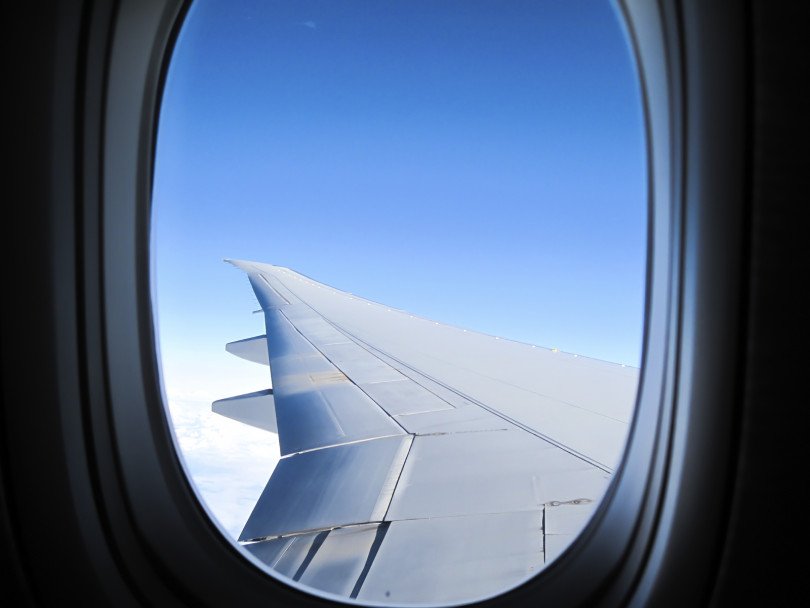With the final chapter on Malaysian Air flight #370 still unwritten, many aviation and security analysts seem to have attributed the tragedy to a sinister event, perhaps on the part of the pilot in command or the first officer. Some have speculated that another crew member might have been responsible or even a passenger or group of passengers could have taken over command of the craft, crashing it into the Indian Ocean or secretly landing it on a faraway island. A mechanical malfunction or the pilots’ handling of a malfunction could also have been a factor.
While what happened to the flight and its 230 passengers and crew remains a mystery, what is clear is that additional security procedures would likely give us a better indication of the events leading up to the flight’s disappearance. Specifically, there have been calls for “streaming” data live from the flight deck to the airline’s ground base or for closed circuit cameras to be installed throughout the cabin. In addition, a US senator has even called forallpilots to be armed, a concept that would likely engender significant opposition within the United States, not to mention from foreign carriers operating to and from the US.
The use of deadly force on board an aircraft would be acceptable in only the most urgent situations and both the FAA and US Marshals Service have protocols in place for armed pilots and air marshals. Arming all pilots, at least in the US, would remove the element of surprise that exists among the travelling public with regard to which pilots are carrying weapons and which flights have armed marshals on board. That covert presence and element of unpredictability enhance flight safety.
What is a feasible possibility and a relatively inexpensive one at that would be for airlines to install CCTVs both in the flight deck and at key locations throughout the cabin. On a recent flight from Phoenix to London on British Airways, we noticed that the 747-400 was equipped on the upper deck with a CCTV trained on the door to the cockpit. Emirates Airline also has interior CCTVs on most, if not all of its aircraft. While the cameras do not stream live images to a ground base, they do provide valuable intelligence to investigators should an in-flight event take place that requires follow-up. The event could be a simple disturbance by an unruly passenger that is quickly and safely handled or it could be a significant security threat or aircraft malfunction. Either way, with strategically placed cameras, some of the event sequence or even all of it would be memorialized.
In the case of cockpit cameras, the technique would provide yet another check on the performance of the pilots, whether it be routine or emergency in nature, as well as provide evidence of unauthorized personnel or passengers on the flight deck. The recordings can be used as a remedial training aid to the cabin crew and also provide valuable insight to investigators when deciphering the chain of events leading up to an accident or catastrophic loss. Of course, in flight cameras would need to be encased and hardened to withstand impact and extreme temperatures, just like the flight data and voice recorders.
Some privacy advocates have cried foul, but an aircraft flying through the skies at 500 miles per hour is no less of a conveyance than an automobile or motorcycle on a city street. It can be used as weapon of mass destruction, as the world saw on September 11, 2001. In fact, the improper operation of the craft or its deliberate ditching would result in greater loss of life and property damage than a derailed subway car or a multi vehicle freeway accident. We are required to submit to a somewhat intrusive search before boarding an aircraft as a condition of carriage. We may also be subject to search before entering certain buildings, government or private. A police officer is authorized and in fact is required to stop a vehicle if he witnesses a traffic infraction as a means of protecting the greater public.
So, while the installation of CCTVs or other recording devices in the passenger cabin and even in the cockpit may strike some as an unwarranted invasion of privacy, passengers would do well to remember that it is not government eavesdropping, but rather consensual monitoring conducted by the airline of its crew and its passengers. For that brief period of time when you are on an aircraft, you have entrusted your safety and indeed your life to trained professionals. It’s similar to entering the subway system-you are monitored at the token booth and on the platform. You may also be monitored while within an individual subway car. The well-being and safety of fellow passengers and crew require us all to accept a little less privacy. Those opposed to this concept may file suit, but in US courts at least, recent case law has been supportive of greater monitoring in the public arena.
We hope that the cause of the tragic loss of MH370 and its passengers and crew is determined with a reasonable degree of certainty. Until then, we must rely on the expert investigators and military personnel who have embarked on the dangerous mission of finding the aircraft. If however a criminal event took place that led to the demise of the flight, we can and should expect additional and more intrusive security measures, both on the ground and in flight, to be adopted.

